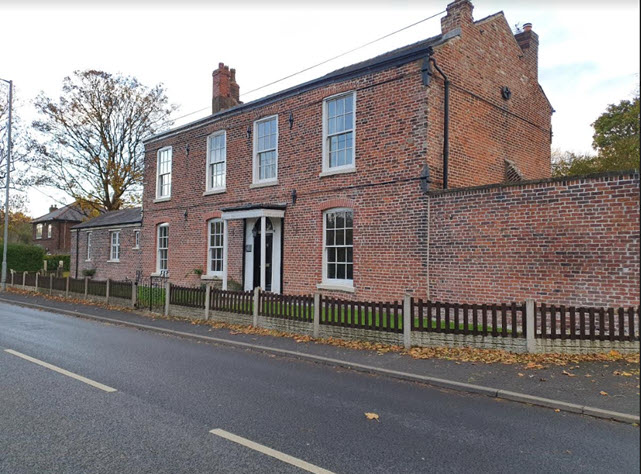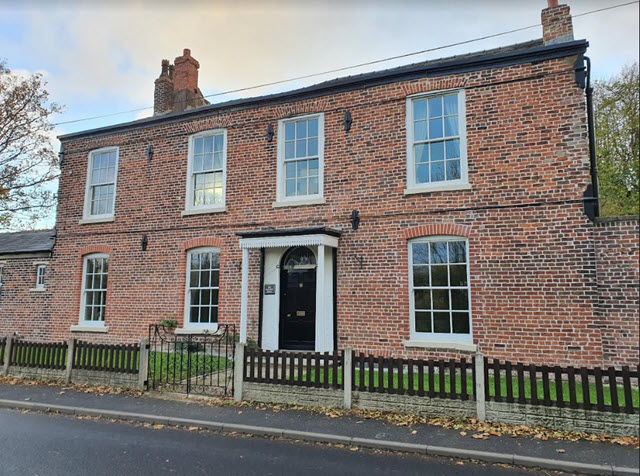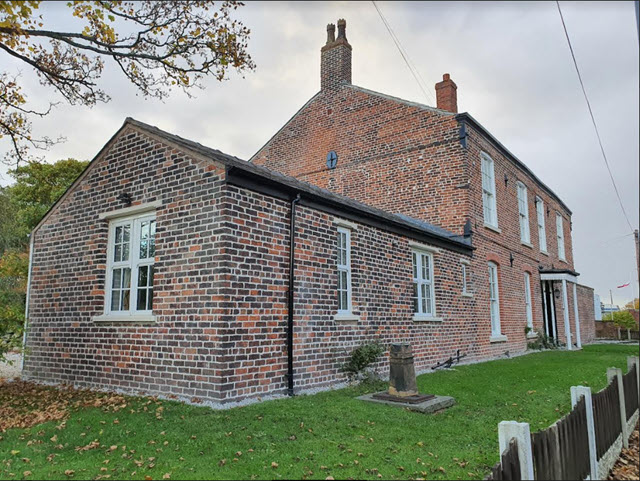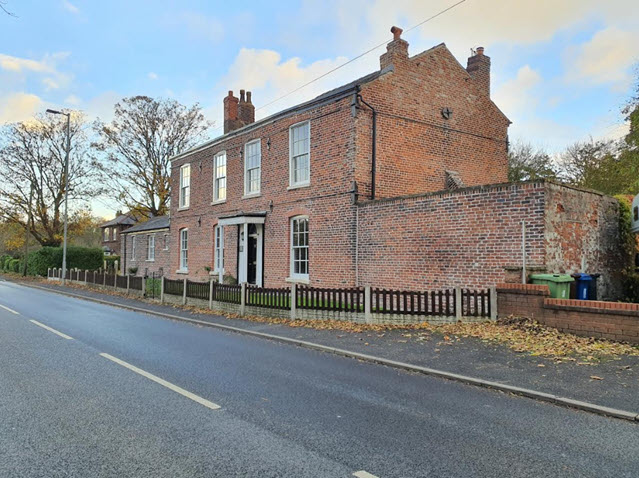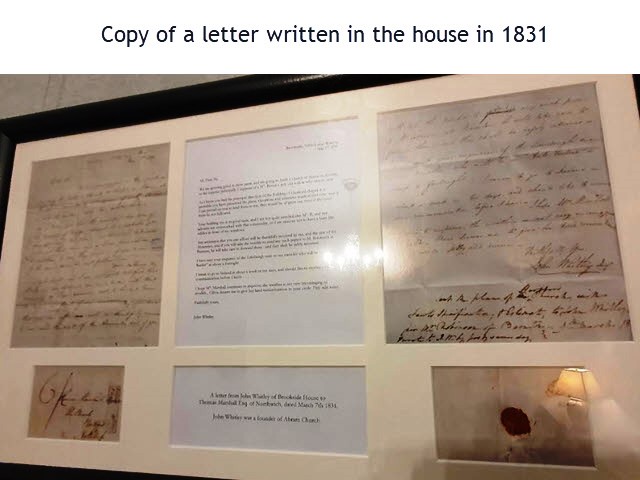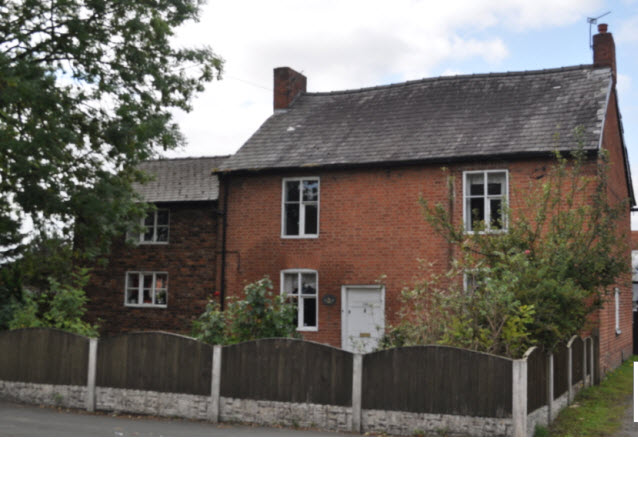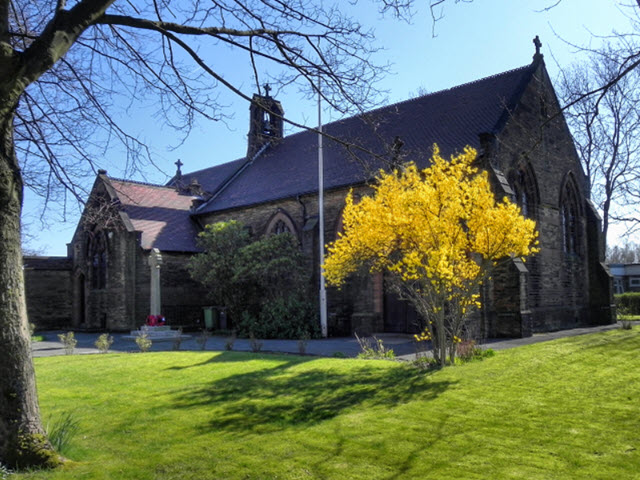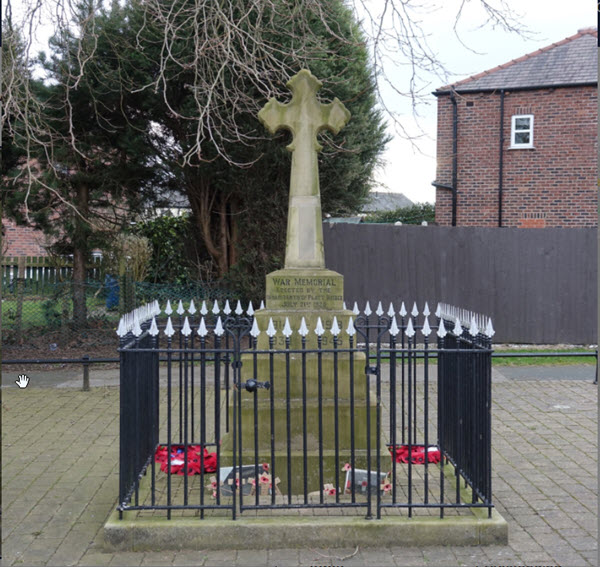Brookside House
207, Bickershaw Lane, Bickershaw, Abram
Part of Group:
At Risk: No
Description
Believed to date from the late 1820's, Brookside House is C19th-style villa originally occupied by the local business owner John Whitley.
Whitley - proprietor of a reputed hingemaking company in Ashton, benefactor of the first Abram Parish Church and also co-owner of the Ackers-Whitley group of collieries - had his main residence at Abram Hall.
Based upon the letting advertisements following Whitley's untimely death in 1839, Brookside House was apparently built as a 'Country Residence' and boasted six bedrooms, a 'very excellent drawing room with folding doors', a butler's pantry, a scullery and servants' quarters as well as various other ancillary and reception rooms.
The main house remains largely unchanged in layout, with the Victorian extension recently modernised into a single living space.
Over the following years of the 19th Century there were a variety of resident households, including a Justice of the Peace, and a Mayor of Wigan. The Ackers family of the Ackers-Whitley collieries - including the nearby Brookside Colliery - were also resident during this time.
In the 20th Century, the house came under the ownership of the nationalised coal board where it was home to officials of the local colliery. It returned to private ownership in the 1950's.
At some point prior to the 1950's (and possibly much earlier), subsidence - likely from local mining - caused the house to move. As a result, it was hastily reinforced with a buttress on the East gable wall, and a collection of lateral iron tie bars. Deflection of the masonry externally, and deformity to the internal plaster cornices remain visible today as testament to that historic movement.
The house's orchard was given to residential development in the mid-20th Century, where two houses now sit, but some 0.75 acres of original grounds remain. Within these grounds there is a submerged concrete Anderson bomb shelter.
As is customary with older properties, Brookside has its collection of supernatural tales:
The two enduring stories are those of a maid, who suffered a tragic fall whilst running from the master of the house, and of a young boy. The staircase where the maid is said to have suffered her tragic fall, ran from an upstairs corridor in the servant's quarters down to the scullery; the doorway to the staircase - since bricked up - can be seen from outside on the West gable at first floor height above the later-built Victorian extension. This door is said to still randomly and loudly slam shut despite no physical door remaining.
Unexplained strong odours - particularly of flowery perfume, and burning open coal fires - have also been frequently reported.
Thanks to David & Michelle Bamford for the text and images

